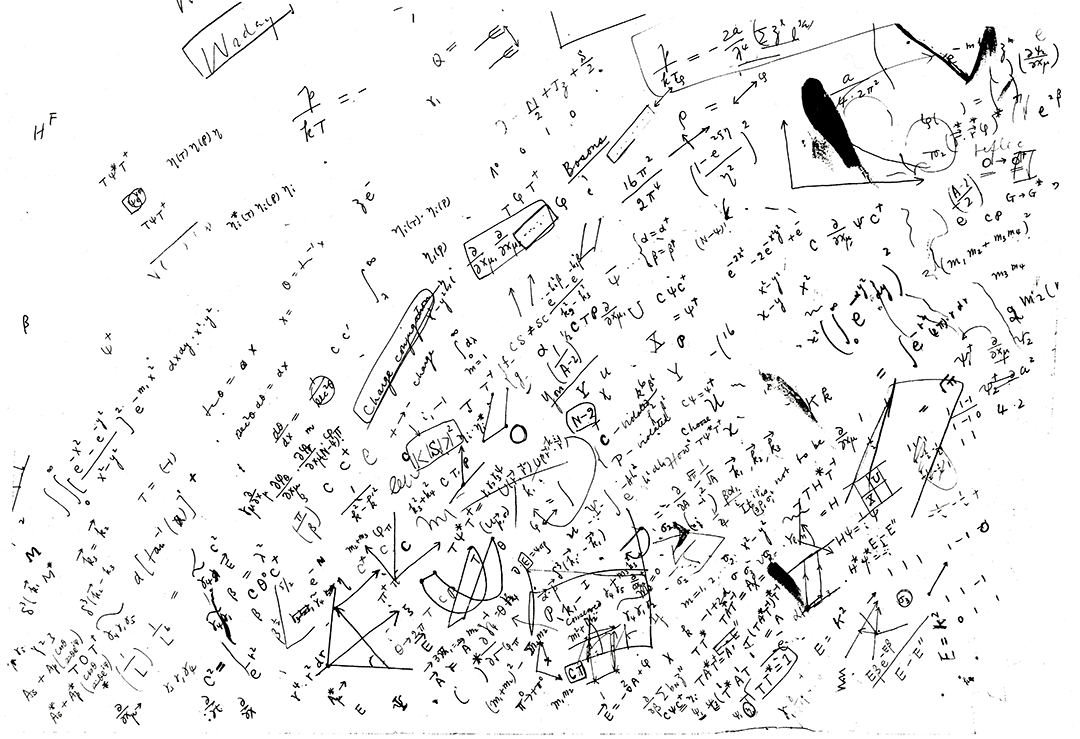1957
Nobel Prize in Physics
In 1957, T. D. Lee (left), of Columbia University, and C. N. Yang, then of Brookhaven, interpreted results of particle decay experiments at Brookhaven's Cosmotron particle accelerator. They discovered particles which had the same masses, lifetimes and scattering behaviors, but which decayed differently, proving that the fundamental and supposedly absolute law of parity conservation can be violated.

Investigation of Parity Laws
In 1957, two scientists who had worked as guest scientists at Brookhaven during the summer of 1956 received the Nobel Prize in physics for radically questioning one of physics' basic tenets.
T. D. Lee, of Columbia University, and C. N. Yang, then of Brookhaven, interpreted results of particle decay experiments at Brookhaven's Cosmotron particle accelerator and discovered that the fundamental and supposedly absolute law of parity conservation had been violated.
Their studies concerned two particles, the tau and the theta, which had the same masses, lifetimes and scattering behaviors, but which decayed differently in experiments at the Cosmotron.
Because of this, the law of parity conservation required that these otherwise similar particles be considered different from one another.
Lee and Yang suggested experiments that showed that the weak interaction of radioactive decay could indeed violate parity conservation. When the experiments were later successfully completed, the puzzle of the two particles was solved — they could be the same.
T.D. Lee served as the Director of the RIKEN BNL Research Center from 1997 to 2003.

This doodle pad was used by T.D. Lee during talks with C.N. Yang, while both were visiting scientists at Brookhaven in the summer of 1956.


